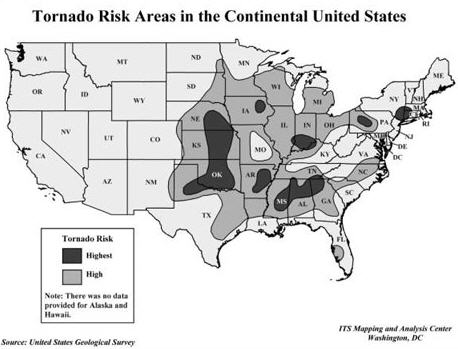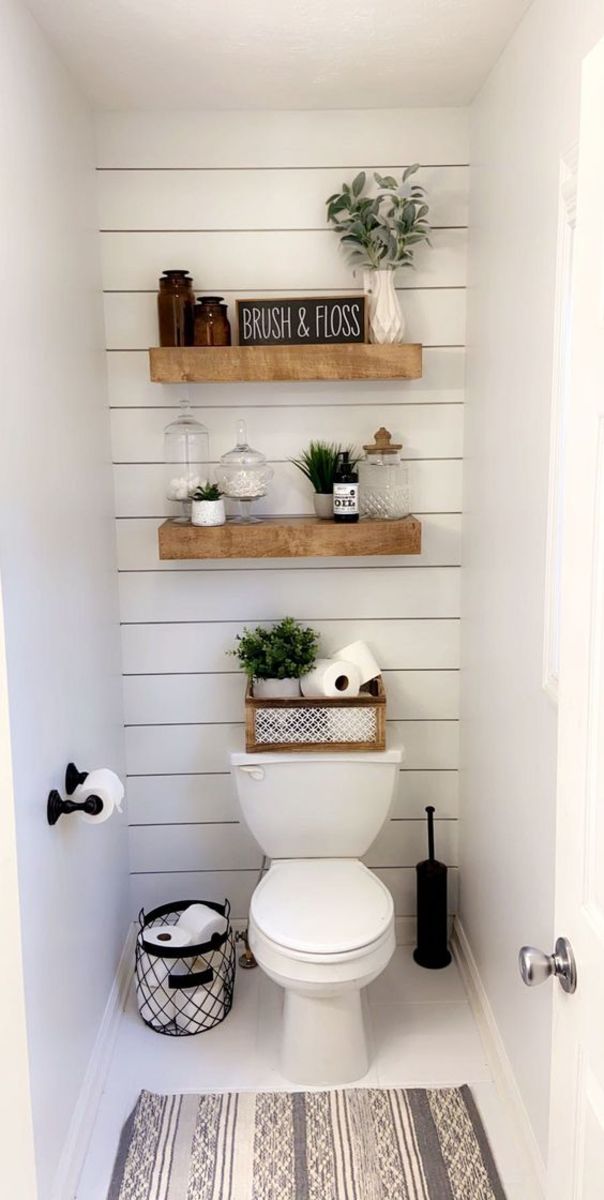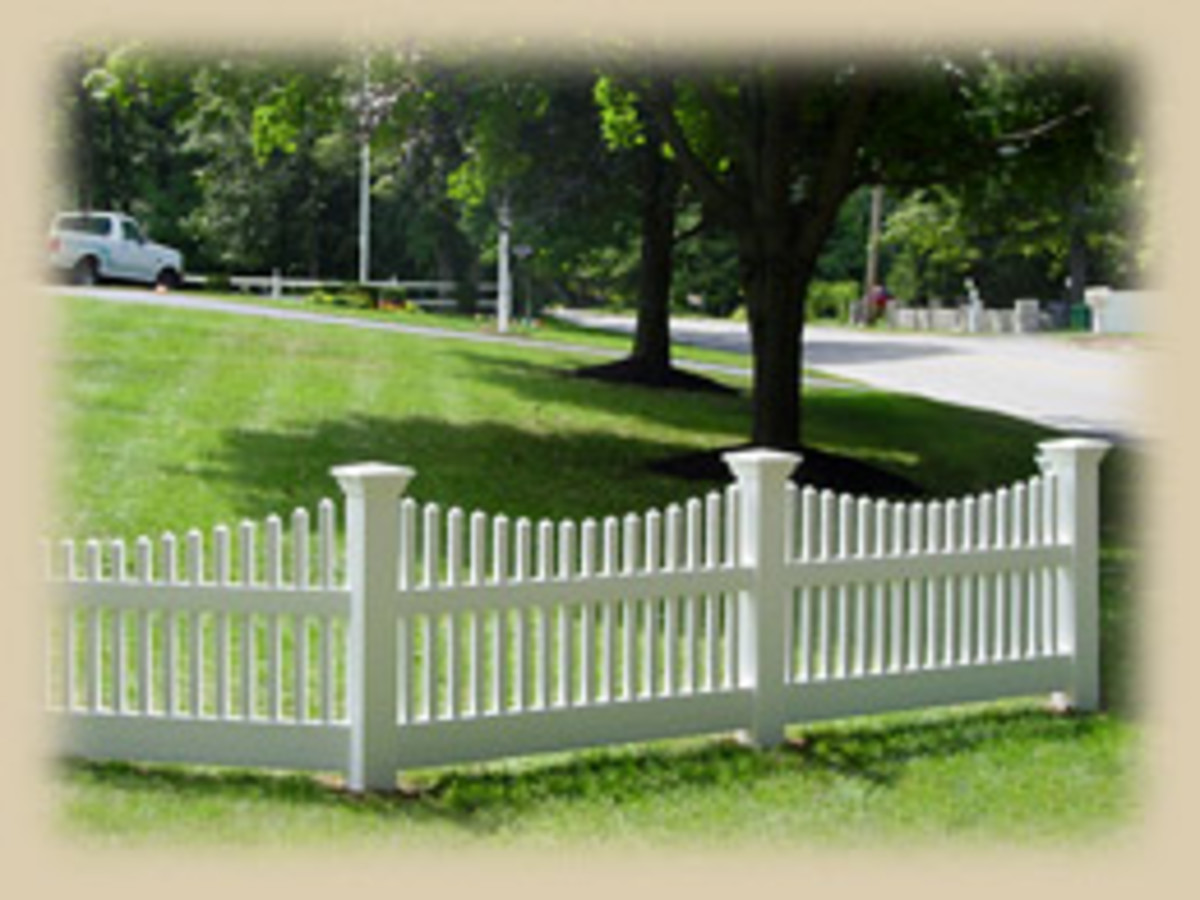Tornado Shelter
Tornado Shelter
As tornado activity increases in Texas, Oklahoma, Arkansas, and other areas of the United States, more and more people are considering storm shelters, or what some may call a “tornado shelter”, as a means to protect themselves and their families. This is a very smart choice and one that is hard to put a price on. Most people are unwilling or can't afford to spend the extra money on a tornado shelter, but when one considers the fact that they are making an investment in their families protection, much like putting a roof over their head, it's not a difficult choice at all. Once an underground storm shelter has been selected, there are some common steps that need to be well thought out and performed prior to and during the installation.
Tornado Risk Map

Tornado Shelter Preparation
- Define the location of the storm shelter. The location will need to be close to the home so it can be accessed quickly. The location will need to have access so that heavy equipment can be used to dig the hole and deliver the shelter.
- Call the utility company out to mark the yard before digging takes place. This is important so that no underground utilities are disrupted during installation.
- If the storm shelter manufacturer requires the hole to be dug prior to delivery, the homeowner should dig the hole themselves, or hire a contractor to do the work. The hole will need to be dug to the manufacturer’s specifications. These specifications are in place to ensure the storm shelter can be installed correctly.
- Once the hole has been dug and prepared per specification, the manufacturer will deliver and install the storm shelter. They will need plenty of room to deliver the shelter and lower it into the hole. If the shelter is a two-piece shelter, they will lower the bottom first, install a seal, and then lower the top into place. They will then bolt steel straps on the sides to connect the two pieces.
- Once the storm shelter is in place, dirt will need to be back-filled into the space around and above it. Everything from landscape timbers, pavers, mulch, flowers and shrubs can be placed on or around the storm shelter to give it a less conspicuous look.





